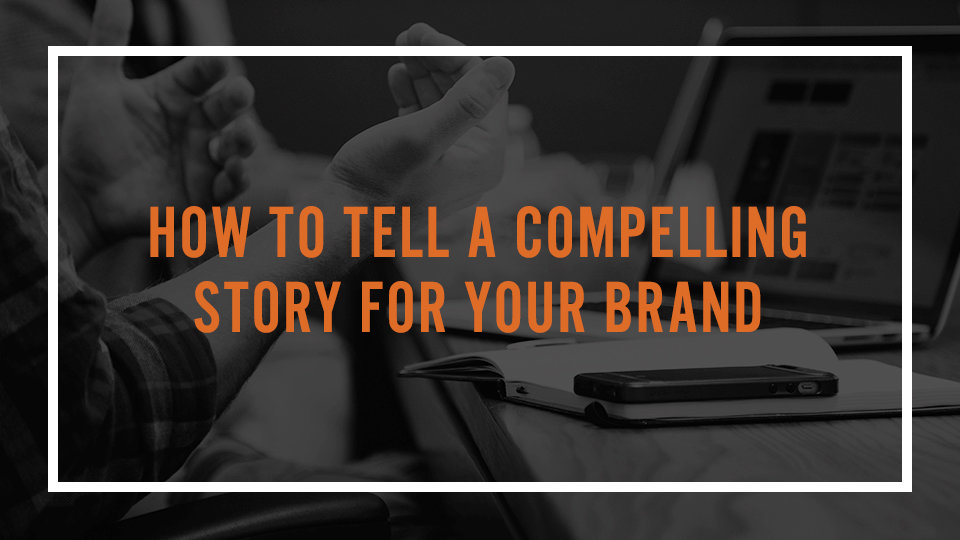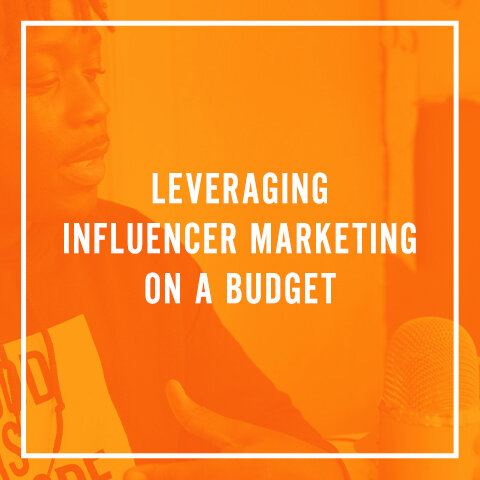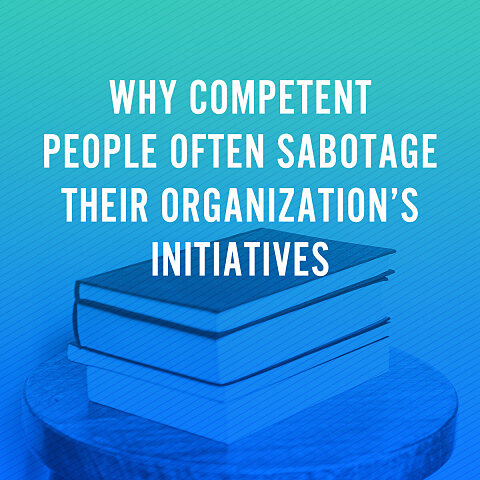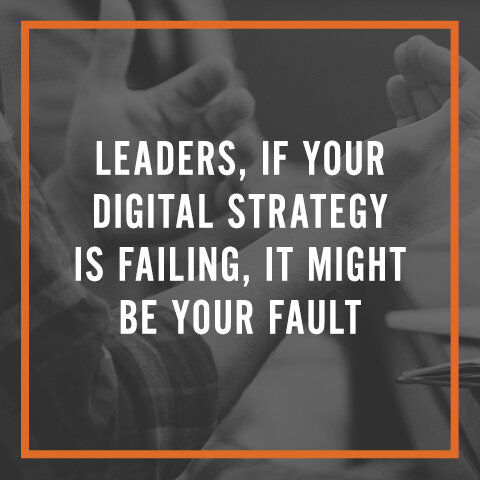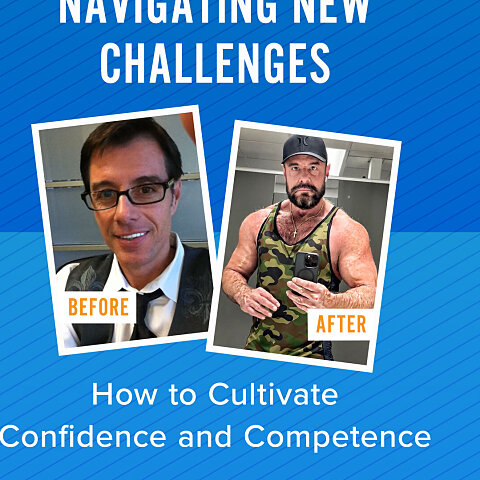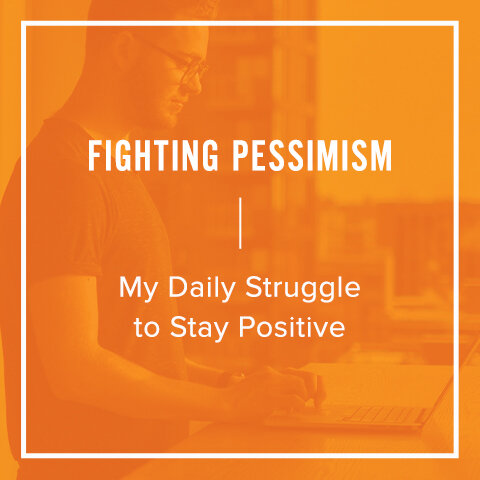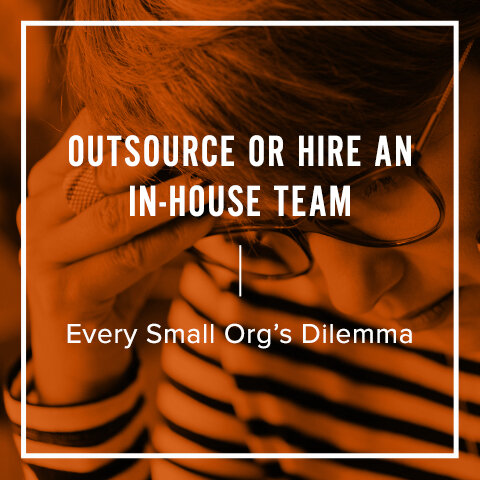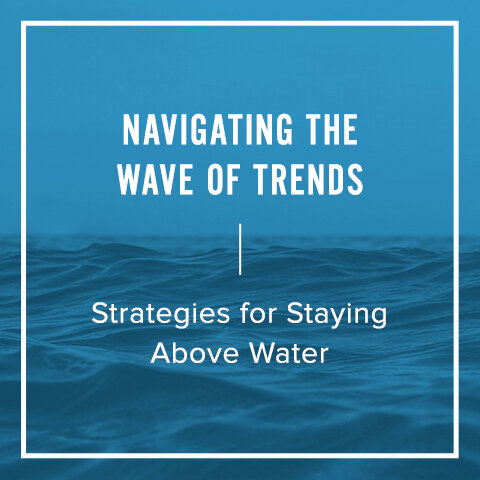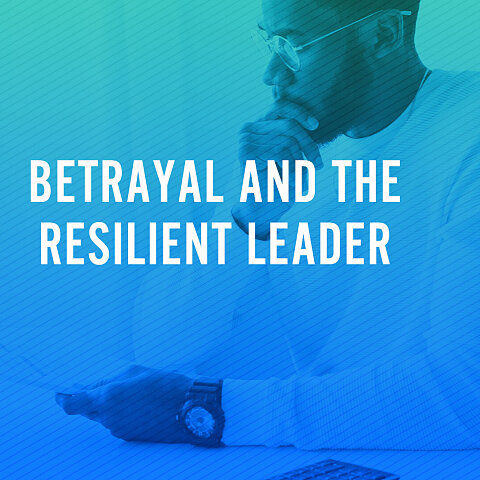How to Tell a Compelling Story For Your Brand
By The A Group
What would you say is your favorite movie? While we all have different opinions on what our go-to film is, there is likely one consistent among them all: compelling storytelling.
In the marketing world, good storytelling can help you sell products and services in a flash.
But to be even more specific, for nonprofits, good storytelling can help you captivate donors, raise money and awareness for your cause. And for churches, a compelling story of life change may be enough to finally make someone want to attend your church for the first time.
There are more than 1 million registered nonprofits in the U.S. and many of them advocate for similar causes. But what makes you and your nonprofit or church unique? Your stories.
Here are some components of effective storytelling:
- Great stories fit into the larger narrative of your organization.
The stories your organization chooses to tell need to be consistent with your mission and your message. Each script, video or newsletter story should all point back to your messaging to continue to reinforce how the mission is making a difference.
- Great stories have a clear problem or antagonist.
Have you ever seen a movie about a man who lived happily with his wife and kids, ran a successful business, and the biggest struggle he faced was deciding what to have for dinner? Probably not. You may have been bored just reading that sentence.
Conflict is the force that drives a story. Why? Because overcoming conflicts or obstacles moves people emotionally. Stories of people or causes who have defied the odds gets people rooting for the character, and in turn, rooting for your cause.
St Jude antagonist: cancer and disease
Charity Water antagonist: lack of water/dirty water
Operation Smile antagonist: Cleft lip/palate and inability to smile
Be clear about the problem before you talk about how you solve it. Help the reader or potential donor understand the issue at hand in such a compelling way that by the time you get around to talking about how you solve it, they will be bought in and wanting to help you continue that work.
- Great stories are personal.
We feel connected to the story when we can empathize on an individual level with its characters. Given that our minds are wired to care more about individuals than for larger groups or organizations as a whole, your supporters are more likely to appreciate your impact when they see how it affects specific people.
This means, the 30,000-foot explanations about your organizations mission may not always be the most effective. There is a time and place for those types of content pieces, however, the individual stories cannot be overlooked.
For example: If your nonprofit builds wells in India, instead of talking about how many wells you’ve built over the last 5 years and your scaling impact, tell the story of the mother who now doesn’t have to spend her whole day walking to find water for her kids.
You don’t need hundreds of impressive stories to make a difference. Start with one or two and watch the impact.
- Great stories convey a theory of change to the problem you continually share
Communicate the change, not just the problem and how your organization helps solve it. Show the real change in someone’s life, in the community, etc.
For churches, this is why baptism videos are so powerful. You show a story of someone who previously did not have faith, they attended your church and as a result made a public proclamation of faith through baptism.
- What problem are you trying to solve?
- What does your nonprofit do to help solve that problem?
- Show an example of the change.
- Great stories are told from different perspectives
There are many ways to tell the same story, and some angles are better than others based on the objective of the storytelling. Consider mixing up the perspectives from which the stories are told (even telling the same story through the eyes of different people and maximizing the impact of a single story over time). Maybe one story can be told from the perspective of the person whose life was directly changed, one can be told from the viewpoint of the volunteer who was moved by being a part, or one from the donor who helped make the change possible.
Each different perspective is valuable and may serve different purposes or move people uniquely.
So, how do you start? Start documenting stories – add a note in your phone, carry around a small notebook, whatever you have to do. You hear stories all the time, both big and small in scale, but don’t let them go in one ear and out the other. Record them and commit to telling more stories on your socials, your website and other communication outlets. Start with once a quarter, and as you hit those benchmarks, up your game and become a storytelling master.
If you find yourself needing help with your messaging (to be the undertone of your stories) or even crafting the stories themselves, we're here for you! Contact us at any point in your storytelling journey, and we're happy to jump in and help.
